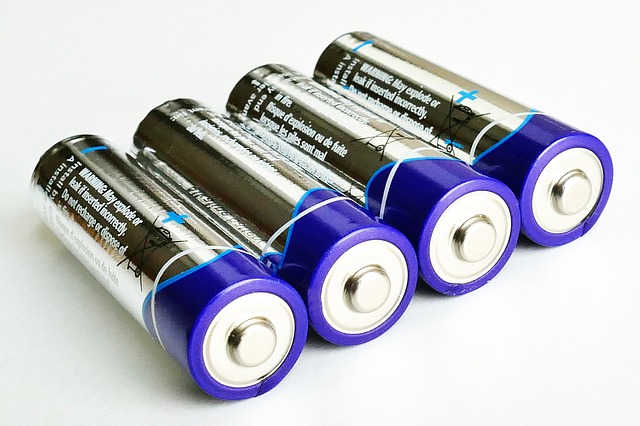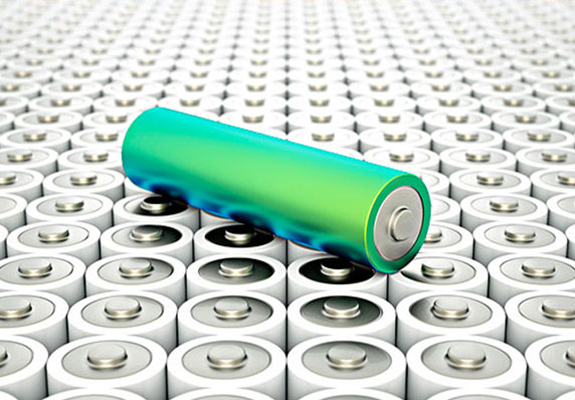Charging and Discharging of Lithium-Ion Battery
Dec 02, 2019 Pageview:3165
Lithium-ion batteries are all about movements of lithium ions during charging and discharging. When they are absorbing power (charging), ions move to one direction and move in the opposite direction when they are supplying power (discharging). Some people do not know when to change their lithium-ion batteries. Besides, others do not have the idea of how the charging and discharging process works.
By the end of the article, you will get tips to help you know the right time to change the battery. Furthermore, I will guide you through the whole process of charging and discharging. Lastly, you will get to find out the charging and discharging characterization of a lithium-ion battery.

When do you change your lithium-ion battery?
At some point, you will need to change your lithium-ion battery. So how will you know when and what signals it needs replacing? Cells begin to fade as soon as they leave the factory, which means that their durability decreases every day that passes. A battery is one of the most likely parts to fail in a system. You might need to replace it several times in the lifetime of your order.
Sometimes it's some of our actions that shorten the life of these batteries. For example, overcharging, undercharging, poor storage, and misusing. All these actions decrease the quality of the cells very fast. If you have been doing any of those actions, know that your batteries are about to spoil. You will have to replace them very soon.
The most common sign that you need to replace your battery is when it’s dead. If your lithium-ion battery stops functioning, it will be tough to revive it back because it's dead entirely. The only option you’re left with is replacing it with a new one. Lithium-ion batteries life depends on the number of full charge-discharge cycles.
Most manufacturers of these batteries indicate the cycle life to represent the lifespan. It consists of the number of full charge-discharge until 80% of its capacity. Degradation is another reason to change your lithium-ion battery. Due to mechanical and chemical changes to the electrodes, the lifespan of the battery degrades hence reducing its capacity. The primary cause of degradation is temperature. You need to change your battery if you notice any signs of deterioration.
Variability is another reason to change your lithium-ion battery. Scientists estimate that 30% of cells may lose their full capacity after 1000 cycles. Some may maintain their quality capacity up to 5,000 cycles. If all the standards are not met, then you should be prepared to change after 3, 000 cycles or less of operation.
Charging and discharging process of lithium-ion battery
A rechargeable lithium-ion battery is made up of cells just like any other battery. Cells are power generating compartments made up of three essential components. These components include an electrolyte, positive, and electrodes. The positive wire is the one that connects to the positive terminal, while the negative electrode connects to the negative terminal. The electrolyte is the chemical that lies between them.
The positive electrode releases some of its ions when the battery is charging. These ions move from the lithium cobalt oxide (positive electrode) to the graphite electrode (Negative electrode) through the electrolyte. After reaching the graphite electrode side, it remains there. During this process, the battery stores as it takes in more.
The ions are supposed to move back to the positive electrode during the discharging process. The two methods make a good example of an opposite reaction. The ions travel through the electrolyte once again, but this time the battery is giving out its power. The movement of the ions from the negative electrode to the positive electrode is what powers the battery.
During the two processes (charging and discharging), the electrons around the outer circuit travel to the opposite direction of the ions. They act as an insulating barrier since they do not flow through the electrolyte. The two movements, i.e., ions through the electrolyte and the electrons around the external circuit, are interconnected processes. So if any of them stops, the other one stops too.
You lose power if the ions stop moving across the electrolyte and the electrons can’t move either. The flow of electrons also stops when you switch off whatever your battery is powering. However, even when the battery is disconnected from any appliance discharging continues but at a slower rate.
Charging and discharging characterization of lithium-ion battery
Lithium-ion batteries self-discharge even if they are not delivering any current. Manufacturers estimate that a typical rechargeable battery has a self-discharge rate of 1.5-2% per month. The state of charge and temperatures can increase this rate. Self-discharge characterization is age-dependent. As your battery ages, the rate increases.
Lithium salts make up the liquid electrolytes found in lithium-ion batteries. The electrolytes act as a path where ions move from the negative to the positive electrode. The pathway has high conductivity because of the combination of cyclic and linear carbonates.
The electrolyte, negative, and positive electrodes form the major components of a lithium-ion battery. The negative electrode is made up of carbon, while the positive is made up of a metal oxide. Graphite is the most commercially preferred anode. The cathode is mostly made up of a layered oxide like cobalt lithium oxide, a polyanion and or a spinel such as lithium iron phosphate and lithium manganese oxide, respectively.
3d and 2d structures of graphene have been recently used to produce electrodes. Diethyl and ethylene carbonates are mixed to make an electrolyte that contains lithium ions. The safety, voltage, life, and energy density can differ depending on the type of materials used. Manufacturers are exploring the use of nanotechnology and novel architectures to improve performance
Li-ion batteries are available in various shapes that are categorized into four groups. Theses shapes include a pouch, rigid, and small or large cylindrical. The bag or flat shapes are commonly used in laptops and some cellphones. The small circular shape does not contain terminals, and they were widely used in older versions of laptops. Lastly, rigid batteries with threaded terminals are mostly used in the vehicle industry.
- Prev Article: Where Can I Buy 18650 Batteries Near Me?
- Next Article: Charging lithium batteries for the first time
Leave Message
Hottest Categories
-
Hottest Industry News
-
Latest Industry News












